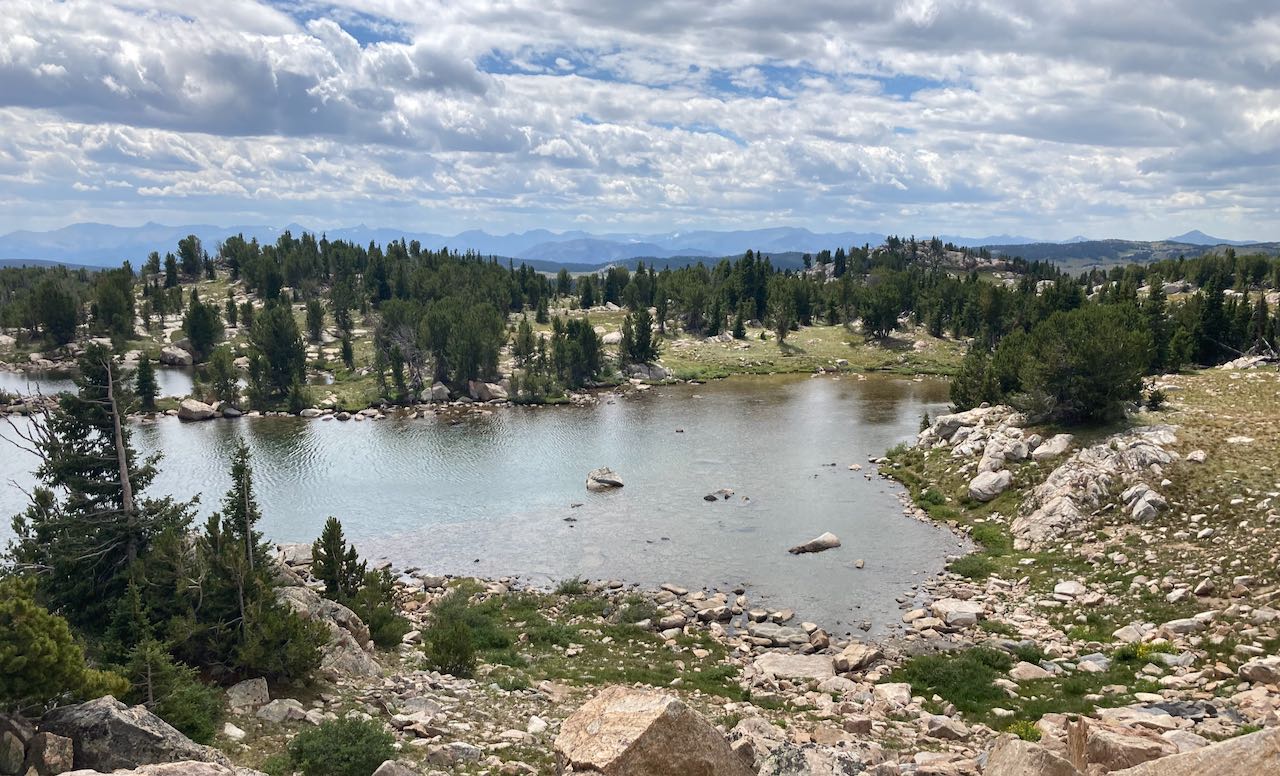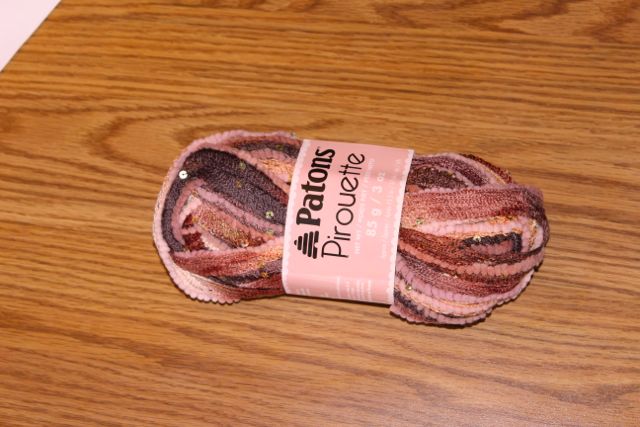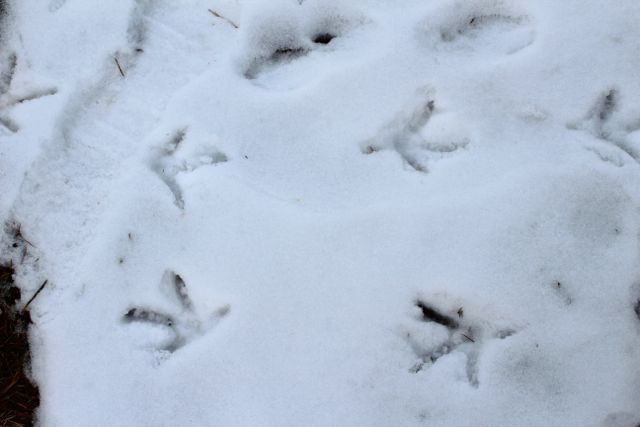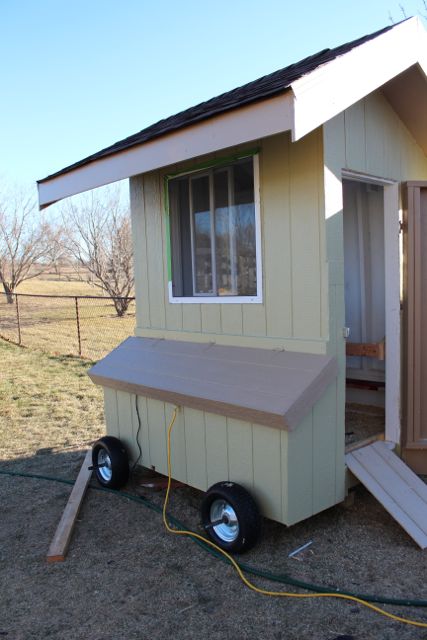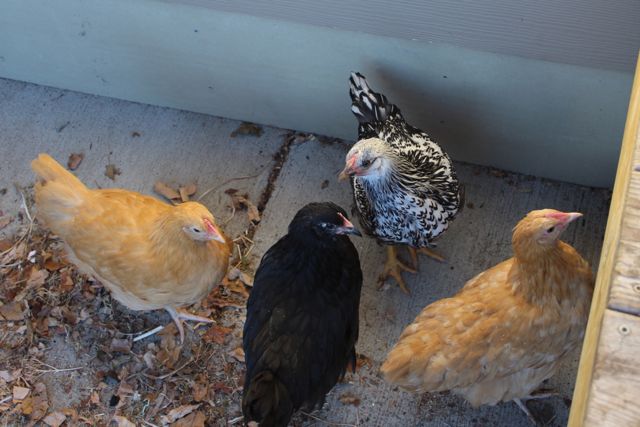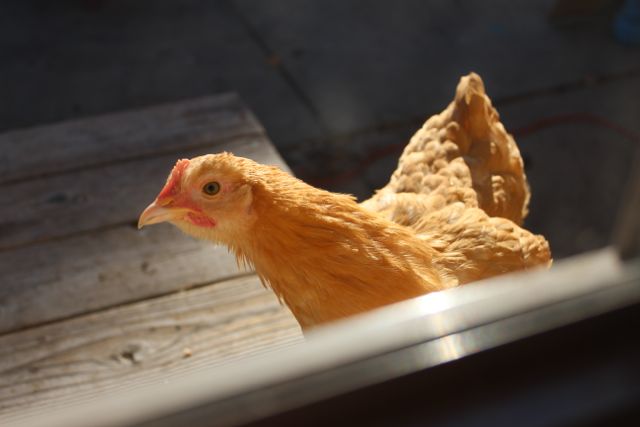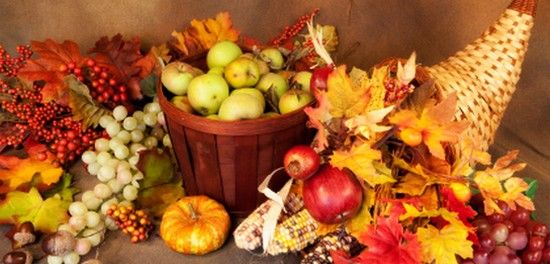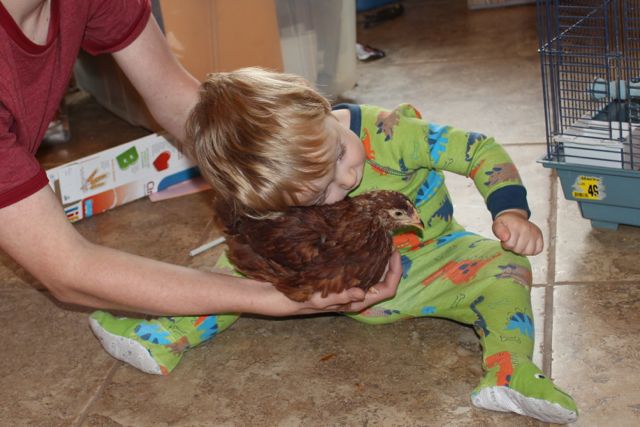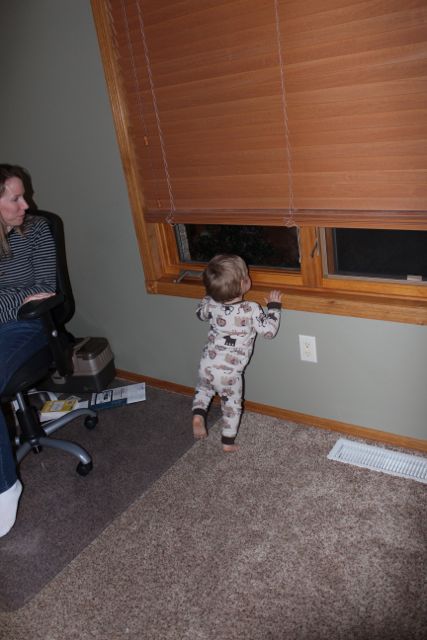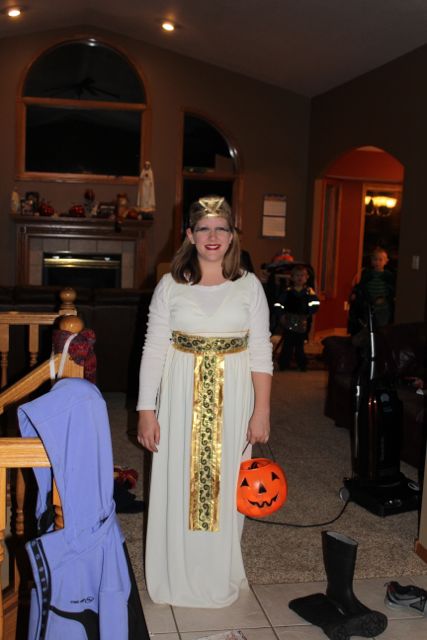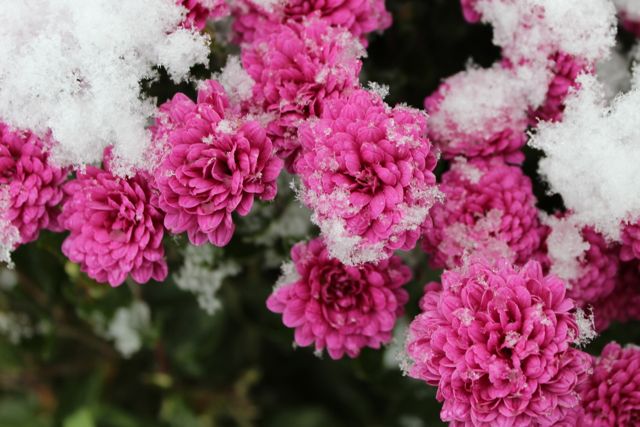Excess foliage has been cut back. Seeds from the ever-faithful marigolds have been strewn evenly across the ground. Clumps of lilies that were reaching for sunlight have been divided and relocated. Daffodil and crocus bulbs have been planted – a promise to cling to through dreary winter months. The garden has finally wound down to a close, yet it’s on my mind as much as ever. Since the ground is not yet covered in snow, I have been frequently walking the now empty plot of soil, imagining next year’s planting arrangements. Inspired by a stop on our city’s garden tour, I’m going to plant a lot of things in pots above the ground, for better soil and protection from those terrible gophers. I’m also going to try to plant members of the bean family, as I grew lots of nitrogen depleting vegetables this year. I am continuously changing and adding to my list of must-attempt produce, but here is what I have right now:
peas
green beans
spicy jalapeño peppers(pot)
bell peppers (pot)
zuchinni (visions of zucchini bread are dancing in my head)
tomatoes (pots)
northern breed of cantaloupe (much shorter growing season than watermelon)
Though some of the things I grew this year were technically failures, I did learn a lot from tending to them. I saw that there must be very uneven pockets of nutrients in the soil, as certain corn plants shot up to become twice as tall as one close by.
Also, my seedlings stayed about the same size from a week after sprouting to a month and a half after planting. Then they all of a sudden started to grow really, really fast, even though there was no change in temperature or watering. I’m guessing that the surface of the soil is depleted, and it takes a long time for the plants to get roots down to nutrients.
One more interesting thing: as a test, I grew one extra row of corn without adding manure to the soil when I planted the seeds. At the end of the year, this row was literally half the size of all the others. I will definitely be using a LOT of manure next year.
